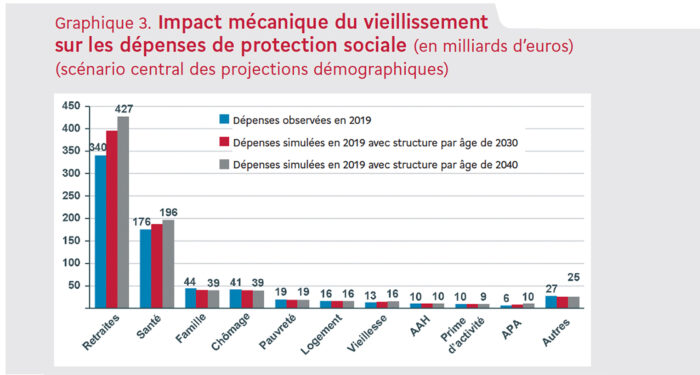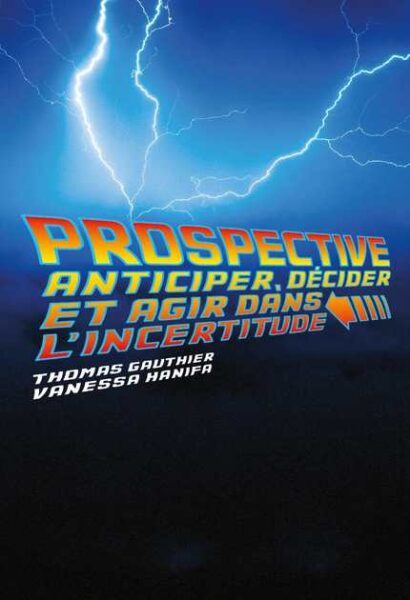We are often asked whether there exists a concise account of the basic concepts and characteristics of the futures studies approach, its underlying philosophy and the main steps in building senarios. We are, therefore, reprinting here a text originally published in the journal futuribles in September 1993, now updated and filled out in the light of recent methodological developments, in particular the many case studies carried out under the aegis of futuribles.
The piece begins with a reminder of the key ideas underlying the futures studies approach as an aid to decision-making, the advantages and limits of the attempt to foresee what might happen. The main features of this “intellectual undiscipline” are then discussed, in particular those that distinguish it from forecasting. Lastly, the various steps in building exploratory scenarios are briefly described, as well as the methods that can be used.
Futures studies experts and those who seek sophisticated methodologies may want more substance. However, the author’s intention here is to explore deliberately, in as simple a manner as possible, the why and how of an approach that is proving more indispensable than ever.
La démarche prospective. Un bref guide méthodologique
Cet article fait partie de la revue Futuribles n° 247, nov. 1999

